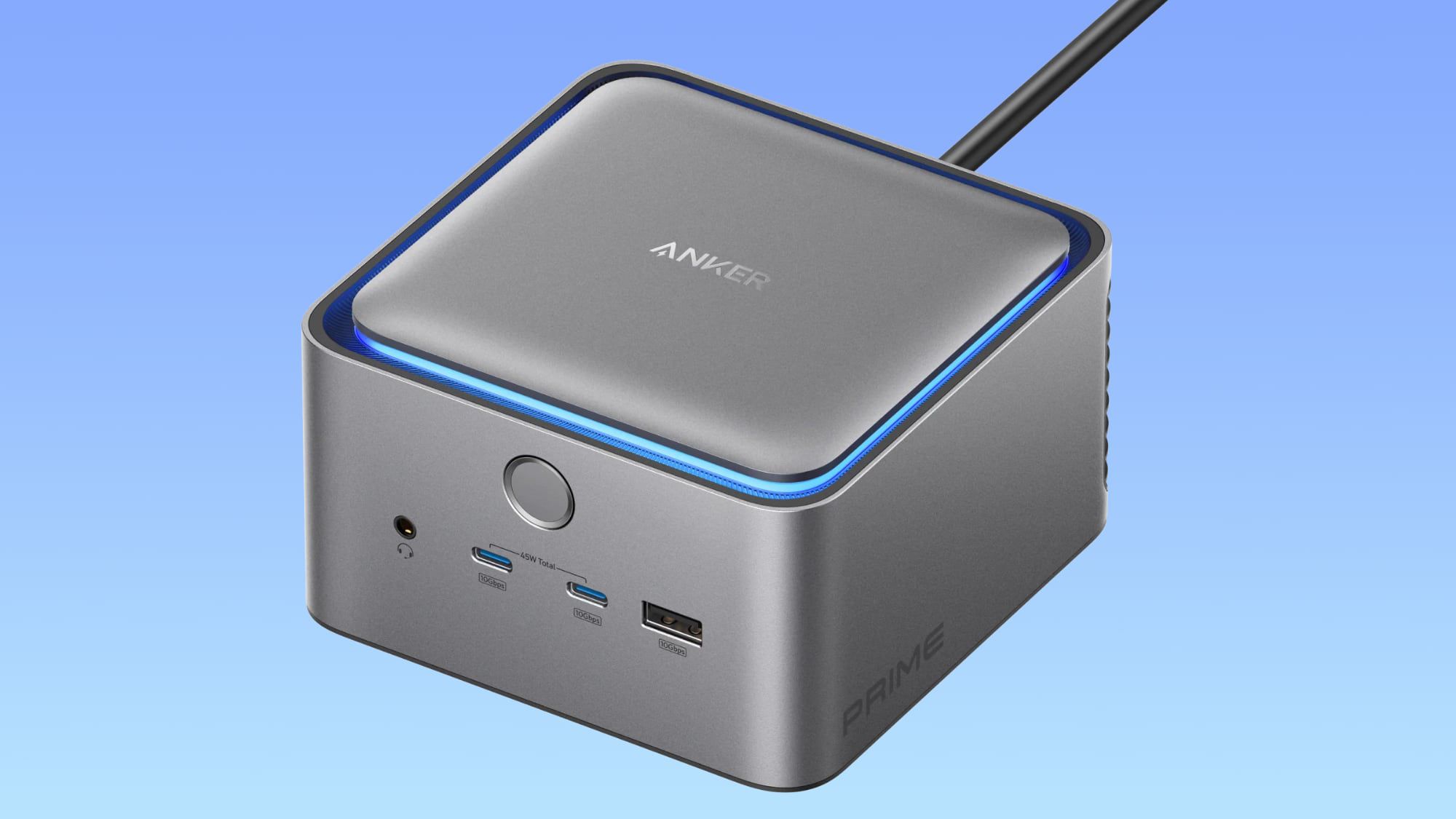Table of Links
Abstract and 1. Introduction
2. Data and quantitative nature of the events
2.1. Hourly data analysis
2.2. Transaction data analysis
2.3. Anchor protocol
3. Methodology
3.1. Network analysis: Triangulated Maximally Filtered Graph (TMFG)
3.2. Herding analysis
4. Results
4.1. Correlations and network analysis
4.2. Herding analysis: CSAD approach
5. Robustness analysis
6. Implications and future research
6.1. Relevance for stakeholders
6.2. Future lines of research
7. Conclusion, Acknowledgements, and References
Supplementary Material
4. Results
4.1. Correlations and network analysis
Figure 4 reports exponentially smoothed average correlation coefficients for LUNA, UST, BTC and Kraken exchange[13]. We observe that, until 09 May 2022 12:00 (c), the market (Kraken) showed sporadic peaks of high correlations, such as the one observed after the first UST de-pegging (b). Starting from the second UST de-pegging, between 09 May 2022 12:00 (c) and 11 May 2022 10:00 (d), we identify a continuous increase in market correlations, until it stabilised for a short time around 0.8. Considering that we use exponentially smoothed weighted correlations, which weight more the last hours of the window, we state that this constant increase in correlations shows that the market kept a high co-movement at each hour until 11 May 2022.
Therefore, from (c) to (d), we detect the specific period when most of the market reacted to Terra collapse, coinciding with the main decrease in UST and LUNA prices (see Figure 1). Afterwards, we observe a decrease in correlations in LUNA, UST, BTC and Kraken digital currency exchange. This new scenario shows that the first two cryptocurrencies were “excluded” from the system given their “death”, while the system seems to recover a lower and more stable degree of correlation.
After obtaining an initial picture through the study of market correlations, we compute the TMFG to obtain a better description of the system’s collective dynamics. Figure 5 reports the evolution of TMFG’s eigenvector centrality, through 24 hour rolling windows, for LUNA, UST and BTC. From (a) 05 May 2022 12:00 to (b) 07 May 2022 22:00, we observe that BTC was influencing the rest of the system, given its higher eigenvector centrality. This finding potentially supports the hypothesis of its involvement during the initial down-market since 05 May 2022 12:00. On (b) 07 May 2022 22:00, we identify the effect of the first Terra de-pegging on the cryptocurrency market’s dependency structure, since LUNA became part of the core of the network, influencing the cryptocurrency market for a short time (see Figure 6). Since that day, LUNA was excluded from the core of the network, gradually lowering its eigenvector centrality. This finding can be observed in the network reported in Figure 7, during the second UST de-pegging on 09 May 2022 12:00 (c). Finally, after (d) 11 May 2022 10:00, LUNA was completely excluded from the system, being relegated in the lowest eigenvector percentile.[14]
4.2. Herding analysis: CSAD approach
Authors:
(1) Antonio Briola, Department of Computer Science, University College London, Gower Street, WC1E 6EA – London, United Kingdom and UCL Centre for Blockchain Technologies, London, United Kingdom;
(2) David Vidal-Tomas (Corresponding author), Department of Computer Science, University College London, Gower Street, WC1E 6EA – London, United Kingdom, Department of Economics, Universitat Jaume I, Campus del Riu Sec, 12071 – Castellon, Spain and UCL Centre for Blockchain Technologies, London, United Kingdom ([email protected]);
(3) Yuanrong Wang, Department of Computer Science, University College London, Gower Street, WC1E 6EA – London, United Kingdom and UCL Centre for Blockchain Technologies, London, United Kingdom;
(4) Tomaso Aste, Department of Computer Science, University College London, Gower Street, WC1E 6EA – London, United Kingdom, Systemic Risk Centre, London School of Economics, London, United Kingdom, and UCL Centre for Blockchain Technologies, London, United Kingdom.
[13]Kraken digital currency exchange represents the average correlation of all the 61 cryptocurrencies at our disposal.
[15] For robustness purposes, we applied Eq.(4) through rolling windows of 7 days, i.e. 168 hours/observations. However, the absence of herding remains. Moreover, if we remove stablecoins from our sample, whose returns are mainly 0 (e.g. USDT or DAI), we keep obtaining the same result.

















